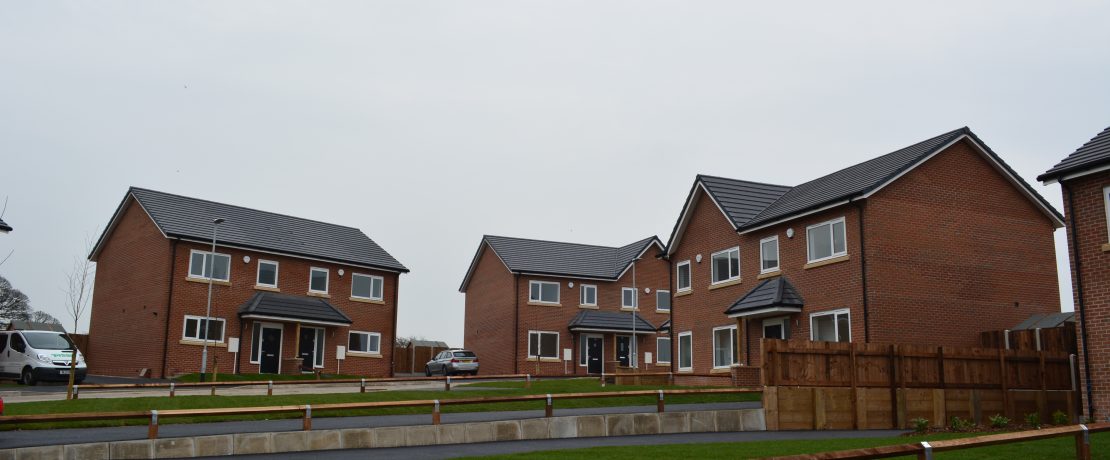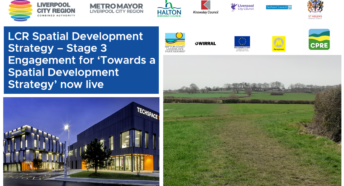How well are new housing developments designed in Lancashire, Liverpool City Region and Greater Manchester?
CPRE and Place Alliance have released to a new joint report, A Housing Design Audit for England. The report assesses the quality of design in new housebuilding projects all over the country, including fourteen developments in Lancashire, the Liverpool City Region and Greater Manchester.
Whilst the report contains some examples of really good design nationally, almost all of the developments assessed in the North West region could have been better.
Better safety and security
In the 142 developments that were assessed as part of this study, an improvement in safety and security could be seen over the period between 2004 and 2019; this, as well as the fact that a mix of types and sizes of home was better achieved, is positive. The qualities which were achieved less successfully tended to be on aspects of the design which were perhaps less immediately obvious but which have a day-to-day effect on quality of life – things such as suitable car parking, bin storage, safe spaces for pedestrians and cyclists and well-designed access roads. These things not only affect the residents of the newly-built houses; a well designed development can also be more acceptable to existing local communities, leading to a reduction in opposition to new homes.
Sensitive design at higher densities
One finding that is perhaps surprising is that in general, housing estates built on brownfield sites with higher densities of development tend to be have better design, whereas ‘lower density suburban and rural schemes are failing to exploit the space and landscape advantages of their contexts’ (page 10). This adds weight to CPRE’s argument that brownfield sites should be developed before greenfield land is built on.
Moving forward with better design
Perhaps the report’s most shocking finding is that 75% of the developments audited should not have been allowed owing to their ‘mediocre’ or ‘poor’ design; likely to be strongly opposed by existing communities, these developments can lead to environments with poorly-integrated or very little green space, dominated by parked cars, with architecture that bears no relation to the style of existing dwellings in the area.
However, the report concludes with a number of positive suggestions for improving this situation. It states ‘The cost factors separating ‘good’ from ‘poor’ design are likely to be a relatively small proportion of total development value’ (page 9), and contains recommendations for both housebuilders and government to improve the picture moving forward.
The developments audited in the Lancashire, Liverpool City Region and Greater Manchester area included sites in Altrincham, Blackpool, Bolton, Liverpool, Manchester and Wigan. Download the report here.








